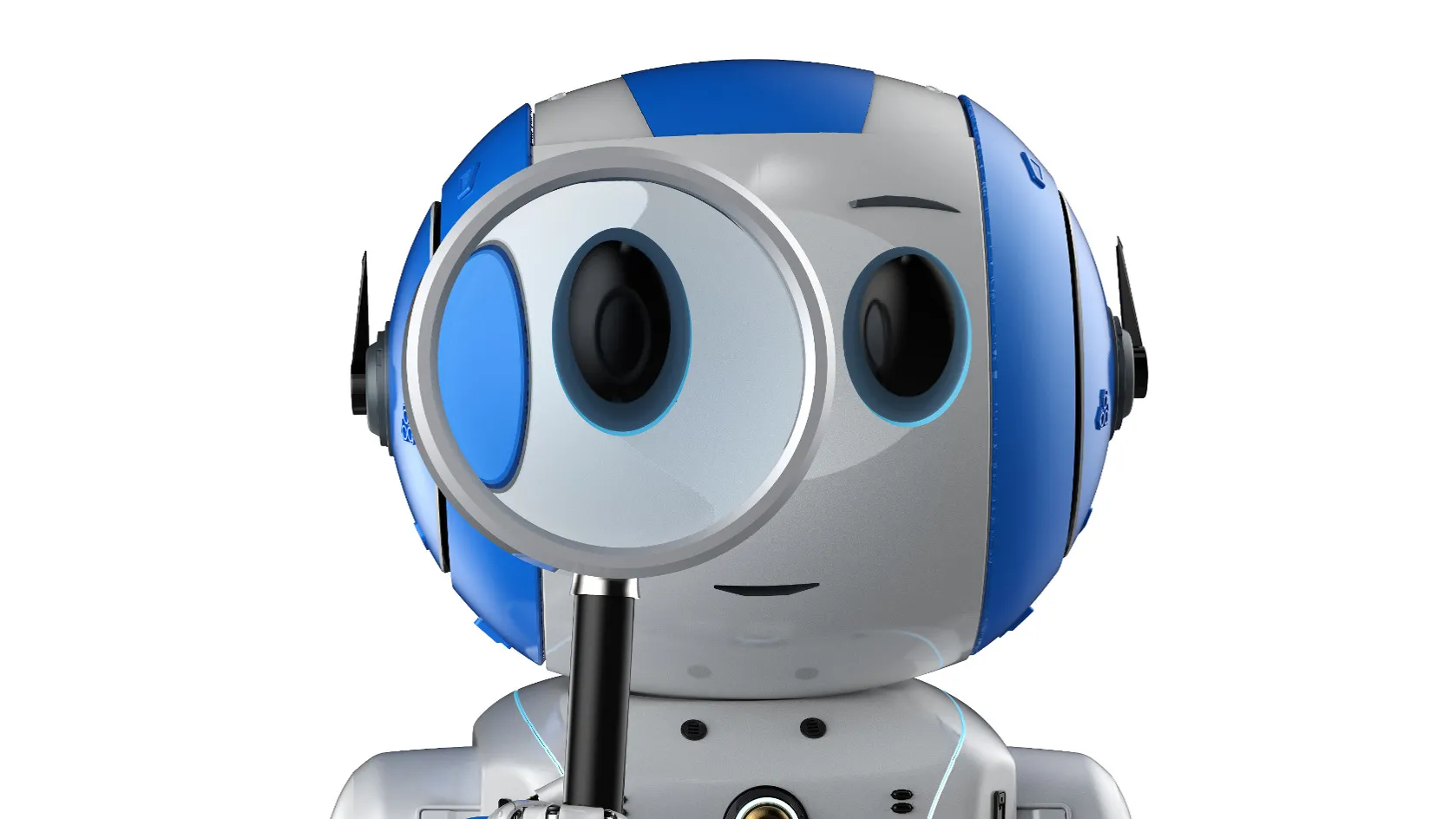
Connecting a vast array of digital and physical objects has long been the idea behind the Internet of Things (IoT). Yet somewhere on the path to progress, things have fallen a bit short. Smart homes still aren't all that smart (they're mostly automated) and smart supply chains and cities remain somewhere over the horizon.
However, after years of hype and promises, the electronic building blocks for a more advanced IoT are finally taking shape. Ambient IoT — a framework for connecting and automating large numbers of objects and devices — is poised to reshape manufacturing, healthcare, food, medicine, and many other fields. Ambient IoT delivers real-time visibility into events as wide-ranging as monitoring food and medicine across a supply chain and thwarting product counterfeiting.
"We're getting to the point where it's finally possible to embed intelligence in almost everything," said Benson Chan, co-founder and senior partner for Strategy of Things, an Oakland, CA, IoT innovation consulting firm. Several factors — including more powerful yet cheap IoT devices, ubiquitous connectivity, and ongoing advances in standards — are fueling these advances.
Sensors Everywhere
The appeal of Ambient IoT is not difficult to fathom, even if the path to progress has so far been bumpy. "This is the original vision for the IoT, which was things interacting with other things," says Chan, who also serves as chair of the U.S. Department of Commerce IoT Advisory Board.
Highly flexible, inexpensive low-energy sensors combined with pervasive connectivity and AI make it possible to deliver real-time triggers without human intervention, according to consulting firm ABI Research. As a result, Ambient IoT is ideal for monitoring food or medicine, automating supply chains, improving carbon accounting methods, protecting from theft, and delivering the data required for advanced transportation and smart city initiatives.
The technology represents a generational leap over RFID and other IoT tools. "It's possible to evolve from occasional snapshots of events to a complete motion picture," says Stephen Statler, chief marketing officer and ESG Lead at Wiliot, a manufacturer of Ambient IoT tags and other equipment. Ambient IoT also can handle encryption and computing functions on the edge.
For example, Wiliot, in conjunction with Avery Dennison, has introduced printed postage-size paper "IoT Pixels" that cost about 10 cents each and each contain an ARM processor with flash ROM. The IoT pixel can harvest energy from radio waves, so it doesn't require a battery and has a lifespan of about 4 years.
The tags can attach to virtually any product or packaging, instantly delivering "intelligence and connectivity," says Adhish Luitel, senior analyst at ABI Research. The system assigns individual items a unique digital ID that enables real-time tracking at a package or product level. IoT Pixels also can incorporate sensory data, such as temperature and humidity.
For highly perishable products like meat, lettuce, dairy, or pharmaceuticals, it is now possible to determine whether a product has been exposed to unacceptable environmental conditions during shipping. It also is possible to see if an item has been removed from a pallet during shipping, or if it has been replaced with a counterfeit item.
Because Ambient IoT devices and software can track carbon output in a far more detailed way, including difficult-to-measure Scope 3 emissions, businesses can gain a more accurate view of carbon output. For an airline or auto manufacturer that tracks hundreds of thousands of parts, components, and objects, the technology can cut also costs and improve reporting.
An Ambient Future
Ambient IoT appears to have a bright future. ABI Research has forecast that the size of the addressable market for these devices could reach 6 trillion units in the food industry alone by 2026. It could also reach 20 billion for returnable assets such as pallets and equipment. Luitel says widespread adoption remains 8 to 10 years away, though a growing array of companies are either testing or adopting the technology.
At some point — particularly if the overall IoT space can arrive at a more open ecosystem and better standards — Ambient IoT connectivity could prove entirely transformative, Chan says. The anticipated result is a state called sensor fusion. "Data from various sensors is used together to make better decision and context-based decisions," he explains.
For instance, "Today's autonomous vehicles use onboard sensors and computers," Chan says. "But if you embed bicycles, pedestrians, and other vehicles with Ambient IoT properties, sensing expands dimensionally, and you can actually make self-driving cars work. You can also make a smart-city initiative real."
For now, Ambient IoT faces a few challenges, including the need for lower price tags and additional onboard sensors; improved energy harvesting from radio waves, solar energy, or mechanical vibrations, and more robust connectivity. Still, it's clear the technology is about to change business, and life, in significant ways.
Says Chan, "For now, the technology remains in the early stages, but it is advancing rapidly. Soon, the original concept of the IoT could become real."
Samuel Greengard is an author and journalist based in West Linn, OR, USA.



Join the Discussion (0)
Become a Member or Sign In to Post a Comment